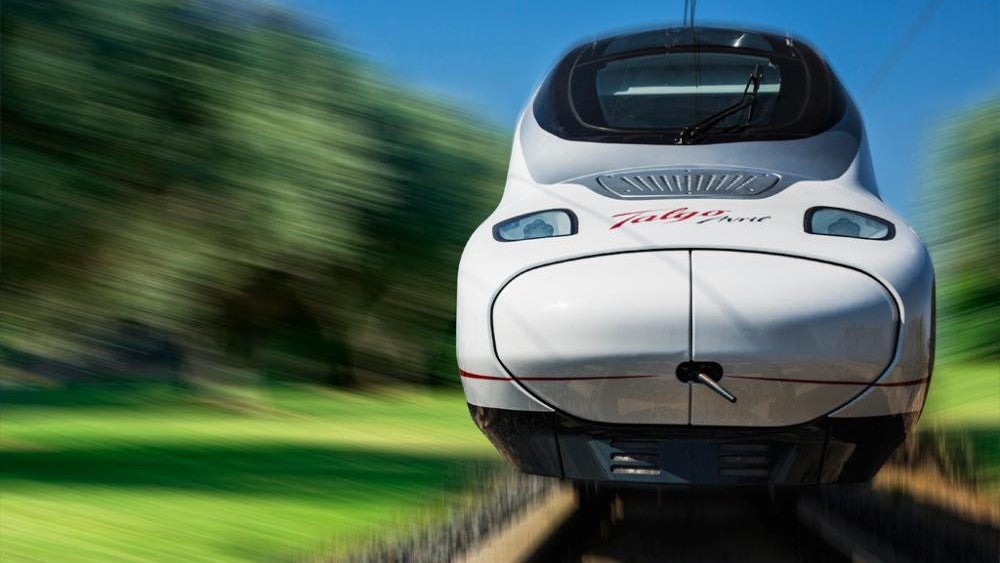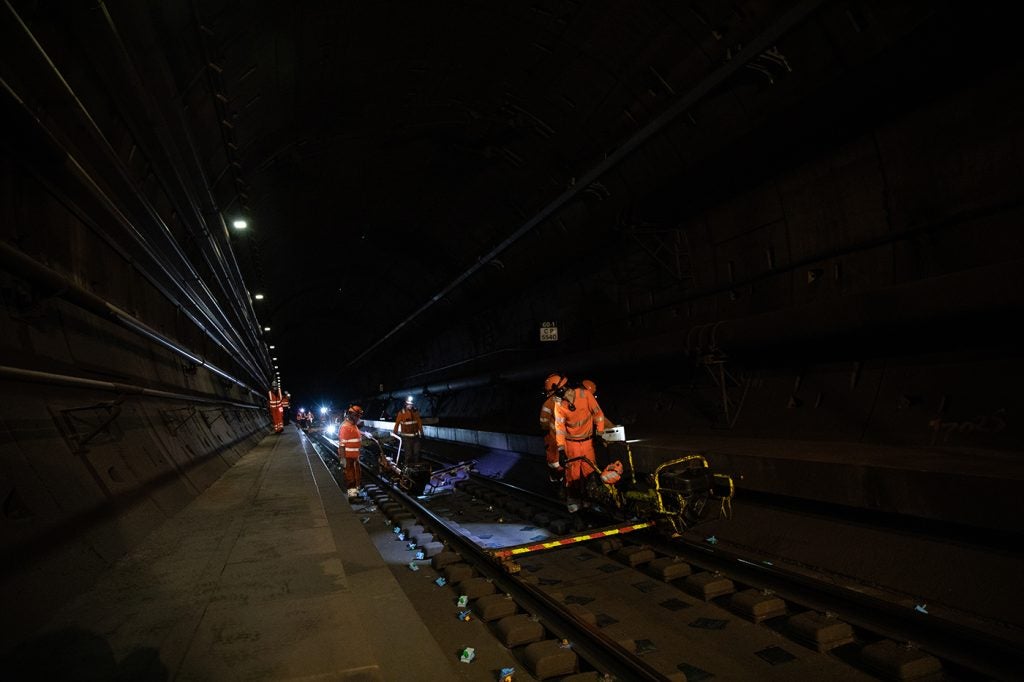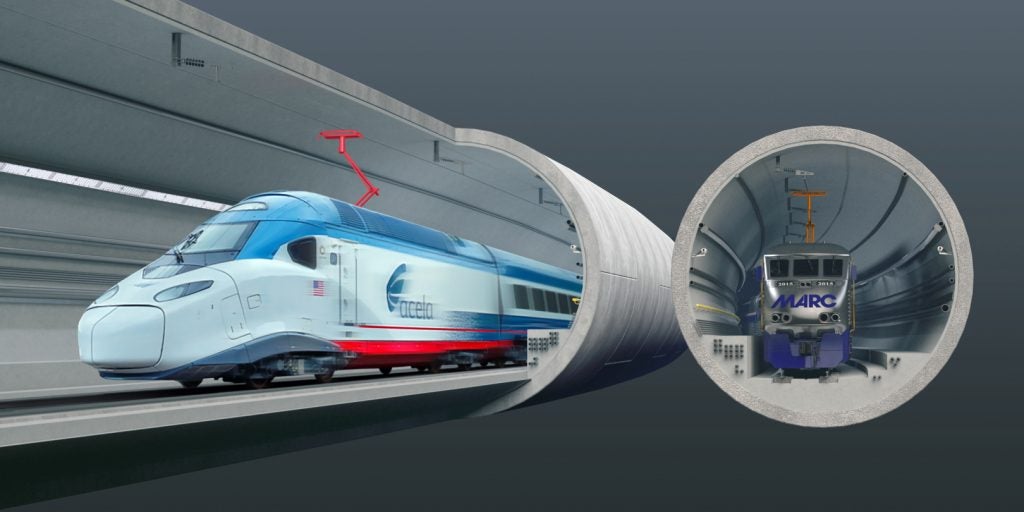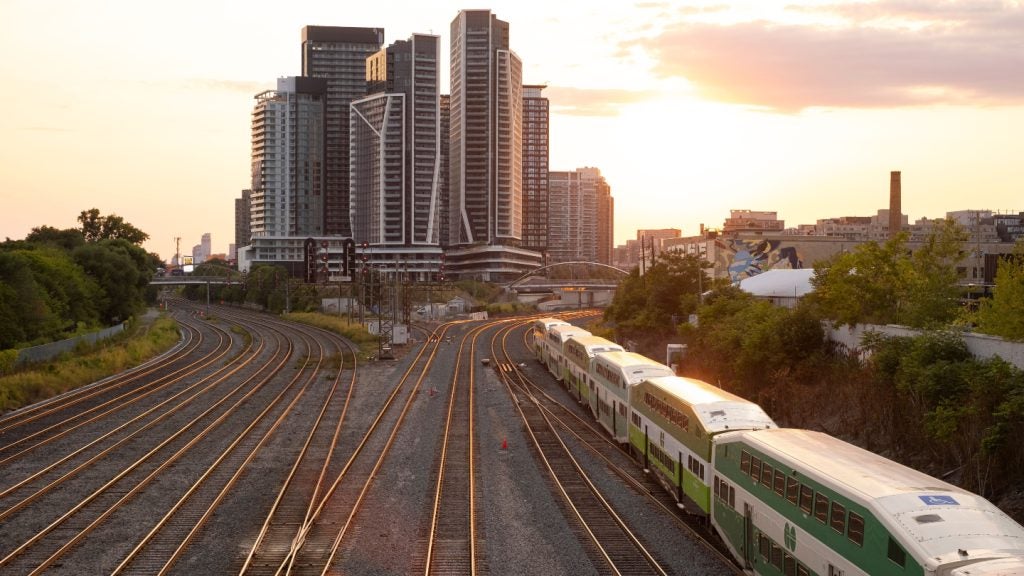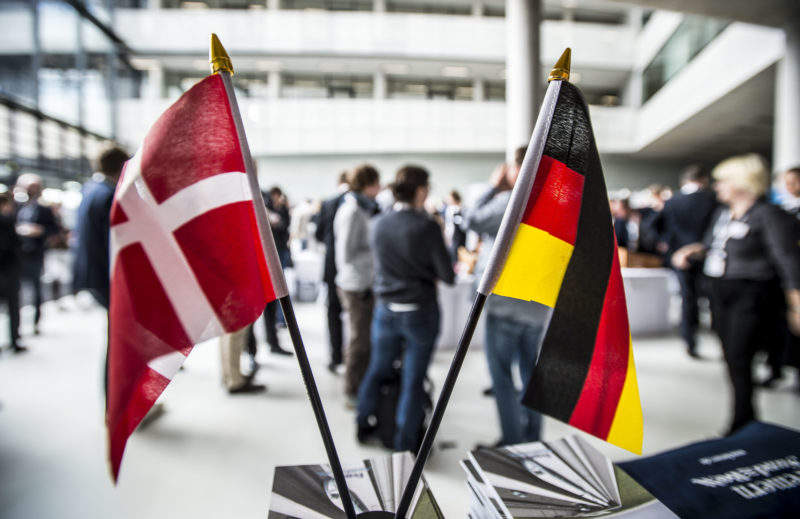
Preparatory work is well underway for the Fehmarnbelt link, an upcoming 18km immersed tunnel comprised of a four-lane motorway and two electrified rail tracks, which will shorten travel times between Denmark and Germany to just 10 minutes by car and seven minutes by train.
Developers could begin work on the project, which will take just over eight years to complete, as soon as 2019 – one year ahead of schedule, Danish media reported at the beginning of this year. Once operational, it will rival some of the world’s most notable underwater tunnels, such as the Channel Tunnel and Marmaray, by becoming the world’s longest tunnel of its type for both road and rail.
The Fehmarnbelt link is part of the European TEN-T network, a portfolio of hundreds of projects that aim to boost the cohesion, interconnection and popularity of the trans-European transport network. It will have a decisive impact on the region, transforming the social and economic relationships between Denmark and Germany, helping to bridge the remaining divide between south and north Europe in the process.
While it currently takes four and a half hours to travel by train from Hamburg to Copenhagen, and ten hours by train between Stockholm and Hamburg, frequent passenger and freight trains will cut down the journey time to just two hours.
A new underwater vision takes shape
The tunnel has long been in the pipeline, with the earliest feasibility studies carried out between 1995 and 1999, after the transport ministers of both Denmark and Germany agreed on the benefits of the link.
In its most recent and final rendition, the tunnel will comprise a four-lane motorway and two electrified rail tracks that will enable trains to travel at up to 200 km/h, creating a faster, more direct link between northern Germany and Scandinavia.
How well do you really know your competitors?
Access the most comprehensive Company Profiles on the market, powered by GlobalData. Save hours of research. Gain competitive edge.

Thank you!
Your download email will arrive shortly
Not ready to buy yet? Download a free sample
We are confident about the unique quality of our Company Profiles. However, we want you to make the most beneficial decision for your business, so we offer a free sample that you can download by submitting the below form
By GlobalDataUp to 3,000 people will be directly employed in the construction of the Fehmarnbelt tunnel, in an impressive effort that will see the fitting of 89 individual elements, each weighing 73,000 tonnes, in a trench just below the sea bed, where impact to marine life and shipping operations is minimal. The amount of steel used in the tunnel is equivalent to about 50 Eiffel Towers, according to developers.
The construction of an undersea rail and road tunnel is no small feat. It requires all elements of the tunnel to be built on land and towed out to sea, then lowered down into a trench connecting Rødbyhavn in Denmark to Puttgarden in Germany, which measures about 90m wide by 16m deep. Once the components are in place, water pressure is used as a natural force to press the elements firmly together.
Key lessons learned during the construction of the Øresund tunnel (linking Sweden and Denmark), which was built in a similar way in 2000, will be applied to Fehmarnbelt.
The tunnel’s funding plan, also known as the state guarantee model, ensures low financing costs and permits users of the tunnel to ultimately pay for its construction, and not the two countries’ taxpayers. It is designed to reflect its ultimate benefit and usage, recognising that the majority of the travellers taking the Fehmarnbelt link will not be Danish, but rather visitors from across the European continent. As such, revenues from accessing the tunnel will be used as a means to repay construction loans. A final decision on how much motorists and rail passengers will pay to travel through the tunnel is still up for discussion in the Danish parliament.
The Fehmarn region, re-invented
A study published by the Hanseatic Transport Consultancy and Transport Data Lab in 2012, tasked with analysing the fast development of the European transport market, found that “peak congestion levels of the present road and rail infrastructure [between central Europe and Scandinavia] during rush hours are getting higher and longer lasting.” These two modes of transport were identified as being most in need of modernisation and enhancement work.
The tunnel is a direct response to this increase in traffic flow within the region, which is home to around nine million people. Once the tunnel is completed, the train journey between Copenhagen and Hamburg will take only two and a half hours, compared to over four and a half hours today. Commuters from East Zealand, Lolland and Falster will also save several hours per week travelling to and from their places of work or study.
The Fehmarn region is already a highly developed area, where GDP per capita is “significantly higher” than the 2016 European Union average. It is also a cradle for science and new discoveries; according to Eurostat data quoted in a report by engineering consult Ramboll, over 9,000 patents were filed in Fehmarn between 2008 and 2012, equivalent to the total number of patents filed in Helsinki, Stockholm and Oslo combined over the same period.
According to the project’s website, tourism organisations in both Denmark and Germany are already working on positioning Fehmarnbelt as a brand new international destination, while local universities, research institutions and hospitals are also establishing collaborative projects, all made possible by a shorter, more convenient travel time. Traffic forecasts reveal that three out of four future users of the Fehmarnbelt tunnel will be Swedes, Germans and others travelling from neighbouring countries, brought closer to new work and education opportunities on both sides of the border.
Developers foresee that trade relations between Denmark, Sweden, Norway, Finland and Germany will also see a boost, along with increased tourism opportunities in the capital region of Denmark, in the Hamburg area and along the Schleswig-Holstein coastline.
Today, freight trains between Copenhagen and Hamburg need to take a 160km detour, which will not be necessary once the tunnel becomes operational, allowing more capacity for passenger trains to travel across alternative routes.
The project’s delivery will also contribute to adding new infrastructure in Denmark, since the railway line from Rødbyhavn to Ringsted will be upgraded to two electrified tracks that can handle speeds of up to 200 km/h. On the German side of the border, trains will run at 160km/h.
While the new link’s completion over the next decade is bound to encounter challenges, once completed a new undersea tunnel opening up access to one of Europe’s wealthiest and most innovative regions is bound to completely redesign the socio-economic fabric of the area in much less time than it will take to get it running.



